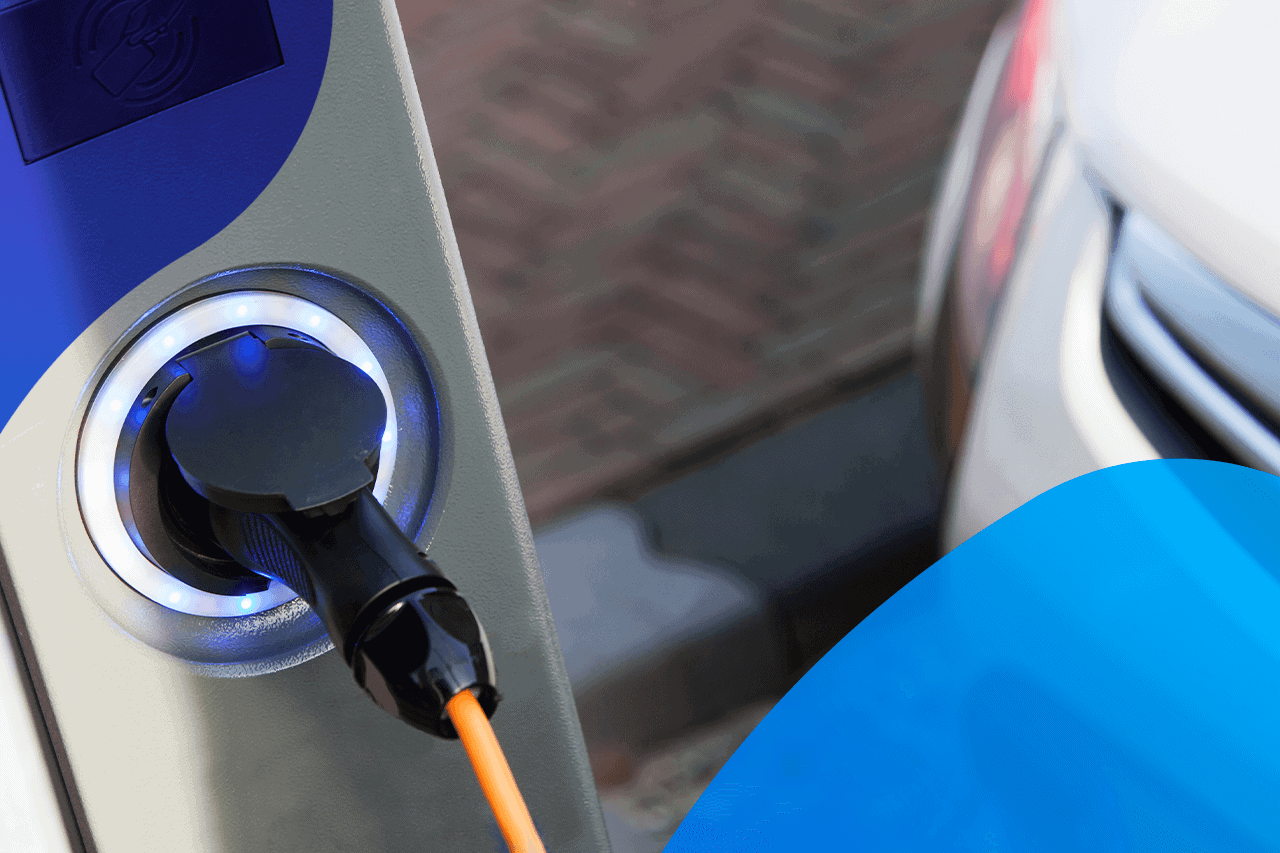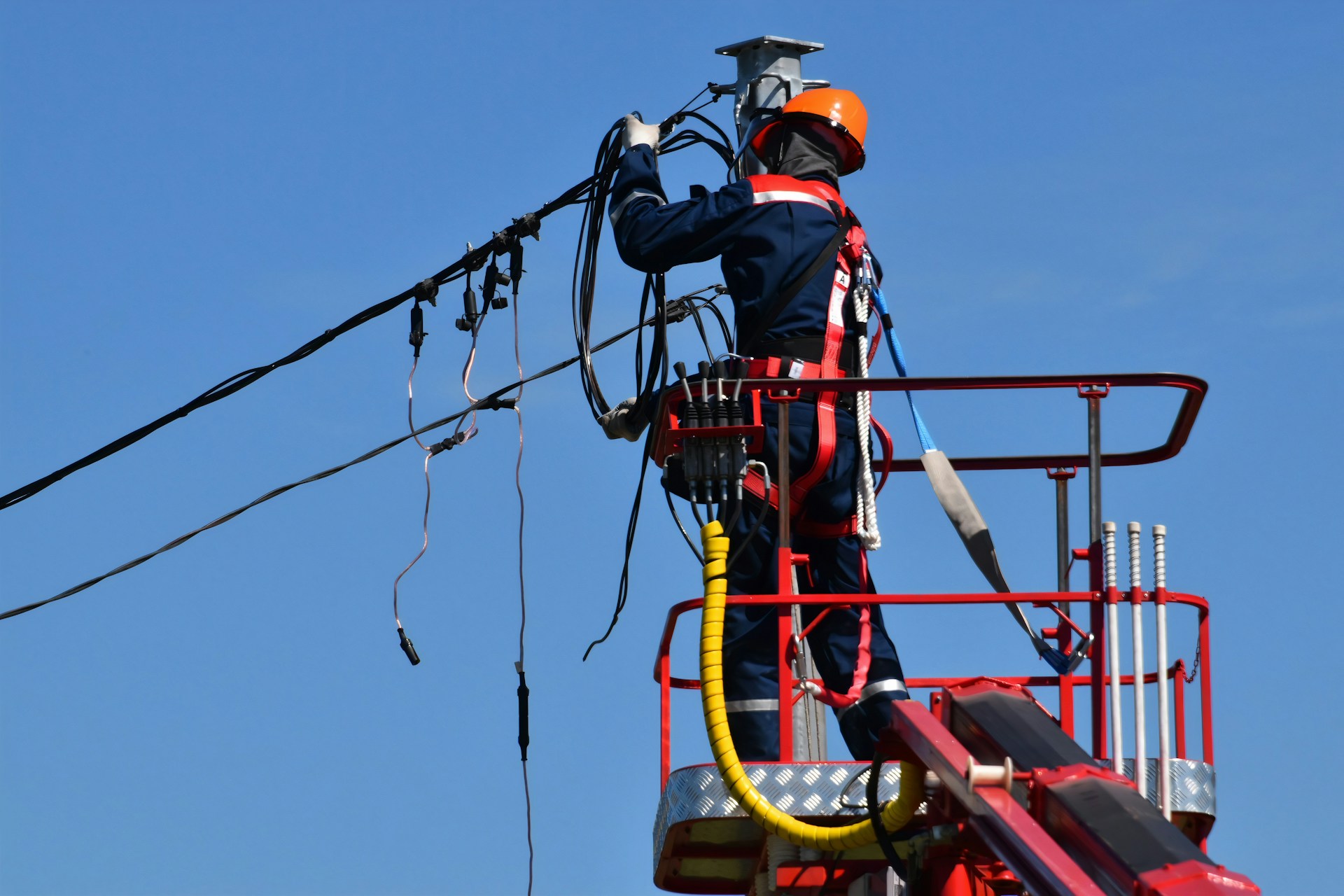
These Improvements in EV Charging Stations Could Help Drivers Most
April 6, 2021 - Emily Newton
Revolutionized is reader-supported. When you buy through links on our site, we may earn an affiliate commission. Learn more here.
Many people are interested in getting electric vehicles (EVs), but they understandably worry about the lack of EV charging stations near where they live or travel. It’s usually pretty easy to find gas stations on a trip or plan to fill up when passing one before reaching more remote areas.
However, EV charging stations are not as commonplace as necessary to spur broad adoption among consumers. Also, the existing infrastructure so far tends to exist most often in certain areas — such as the West Coast of the United States — rather than more uniformly.
The good news is that various forward-thinking initiatives aim to make it easier for people to find EV charging stations, no matter where they travel or reside. Here are some exciting examples of what’s on the horizon.
Working With Existing Infrastructure
Some of the best responses to societal progress involve converting a location’s infrastructure into something new after the initial purpose becomes irrelevant. Then, authorities can save money by using part or all of what’s already there, possibly saving time in getting the new offering ready for use.
Suppose city planners look for creative ways to adapt what a community has now to get it ready for electric-powered vehicles. Then, they could find that adding more EV charging stations is not as daunting a responsibility as it may seem at first. That also shows a commitment to waste reduction by repurposing resources.
Converting Phone Booths Into EV Charging Stations
Public phone booths are familiar sights in Ireland. However, since most people have smartphones within easy reach, most booths no longer have telephones in them. That’s usually okay from a broad perspective. Even if someone got into a bind without a phone, they could almost certainly recruit help from a nearby person or business.
However, ill-intentioned individuals often see the disused booths as easy targets. Many of those boxy structures have graffiti on the side or cracked windows. Then, the once frequently used structures become eyesores in communities.
A partnership between an Irish telecommunications brand and EV charging provider aims to bring phone booths back into relevancy by turning phone booths into charging stations. The power points reportedly only take 30 minutes to give a car 100 kilometers worth of range. This project involves 180 kiosks around Ireland. The people associated with the endeavor also recognize how important it could be for helping people in less populated areas make the switch to electric cars.
Households in rural areas of Ireland typically can’t enjoy the luxury of reliable and widespread public transport routes. It’s no surprise that many people in those sections of the country frequently choose gas vehicles, even if electric ones appeal to them. This move to expand the number of EV charging stations could show them there’s another option.
Streamlining Charger Outage Alerts
It’s easy to imagine the frustration of arriving at a charging point and discovering a problem with it, especially when it’s the only one nearby. Besides instances where EV charging stations break down, other circumstances could make them inaccessible, causing similar frustrations.
However, a system to quickly inform charging network operators of abnormalities could be crucial in helping build driver trust. If people’s experiences of owning EVs tell them they can depend on the infrastructure in their towns or the places they travel, they’ll develop consistent peace of mind about investing in such automobiles.
Building a Smartphone App for Reporting and Resolving Outages
The team at a startup called ChargerHelp wants to proactively address the situations that could result in arriving at non-functioning EV charging stations. It lets people report issues and has a preventive maintenance aspect.
CEO and co-founder Kameale C. Terry worked in the EV charging industry for more than a decade. During that time, she learned that problems with electric car charging points are not always related to power source problems, as some people may expect. She explained, “When the stations went down, we really couldn’t get anyone on-site because most of the issues were communication issues, vandalism, firmware updates or swapping out a part — all things that were not electrical.”
Terry also noted that it took as long as 30 days to get on-site technicians to repair the issues. If the matters required switching out parts, she often did it herself, despite lacking formal education in such skills. Another unusual thing she noticed was that electrical contractors usually did the jobs, even if the issues did not concern related faults.
ChargerHelp now plays a direct role in education by teaching workforce members how to troubleshoot EV charging stations and repair issues. The combination of more people with the necessary know-how and an app to show where problems exist should make chargers more dependable.
Catering To Adventurous EV Owners
Range anxiety occurs when people worry about their electric vehicles failing to get them to their destinations before running out of power. That’s an understandable fear in any case but could become particularly justified for people who enjoy exploring isolated, rustic areas.
Many ongoing efforts to expand the overall number of EV charging stations center on tackling the most populous and frequently traveled places. That makes sense, but it’s not the only option.
Adding Charging Points at Wilderness Trailheads
Jeep intends to bring EV charging stations to trailheads in California and Utah. Those installations can restore full power in about two hours for Jeep’s Wrangler 4xe automobile, a gas-electric hybrid. Owners of that particular vehicle can use the chargers for free and refer to an app to find the closest locations.
Another advantage is that some of these new stations will work with solar power. That eco-friendly feature fits with the mindsets of many people who love outdoor activities and want to respect the planet at every opportunity.
News coverage of this rollout suggests it’s primarily a promotional activity to get people interested in Jeep’s vehicle offering. It applies to the company’s future EVs too, but the language used to describe these stations suggests they would not work for non-Jeep vehicles. Even so, a sizeable number of Jeep owners using these chargers could show other businesses that it makes good financial sense to bring non-vehicle-specific options to less crowded areas, too.
Increasing the Accessibility of EV Charging Stations
A reality that could cause hesitation in would-be electric car owners is that even the most robust infrastructure cannot address every driver’s needs. There’s always the possibility of a charge providing insufficient energy for reaching a destination.
People can reduce that risk in relatively simple ways, however. For example, apps and real-time maps exist that help with travel planning. Similar to how travelers use Google Maps to find the best routes, they can refer to apps that indicate the closest charging station. There’s another possibility, too.
Bringing Energy Sources Directly To Drivers
A company called SparkCharge wants to popularize a system where electric car drivers use an app to find the people nearest them who can transport portable EV chargers straight to their locations.
SparkCharge’s Roadie is a newly designed modular EV charging station. Then, the BoostEV is the accompanying app that connects drivers to charger providers in their areas.
Founder Joshua Aviv spoke of the Roadie and explained, “With our unit, you take it out of the box, you plug it into the car, you push a button and begin charging. With us, every parking spot, every location — that’s now a charging station. That’s a much better network than the legacy.” According to the company’s website, the Roadie offers 15 miles of range in 15 minutes, making it eight times faster than conventional EV charging stations.
SparkCharge’s business model also caters to the gig economy. Only about a dozen cities have the chargers now, but there are leasing and purchasing options so that a person could add one to their existing business or start a side hustle. Most of the companies offering the chargers now already provide car repair or roadside assistance. However, the options abound for someone who wants a new opportunity to make money by providing a desired service.
For example, the Roadie isn’t only for people who find that their cars need emergency charges. Users can schedule appointments for when they go shopping or to movie theaters, helping them make good use of their cars’ idle times.
More EV Charging Stations Should Get People Interested
There are typically more aspects than the lack of available and dependable EV charging stations making some people hesitant to buy electric cars. However, those issues are often major factors, especially for individuals who plan to travel outside of their communities frequently. These advancements could help them see it’s easier than they thought to charge up whenever necessary.
Revolutionized is reader-supported. When you buy through links on our site, we may earn an affiliate commission. Learn more here.
Author
Emily Newton
Emily Newton is a technology and industrial journalist and the Editor in Chief of Revolutionized. She manages the sites publishing schedule, SEO optimization and content strategy. Emily enjoys writing and researching articles about how technology is changing every industry. When she isn't working, Emily enjoys playing video games or curling up with a good book.







